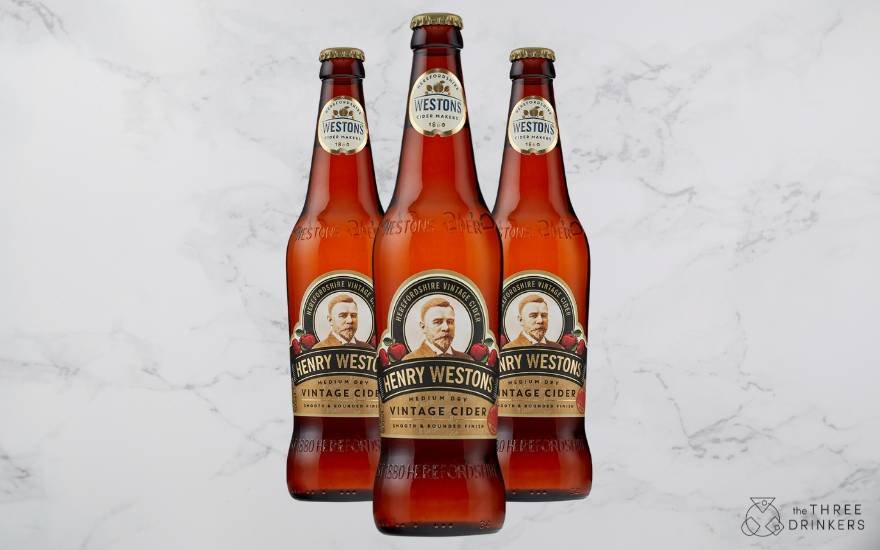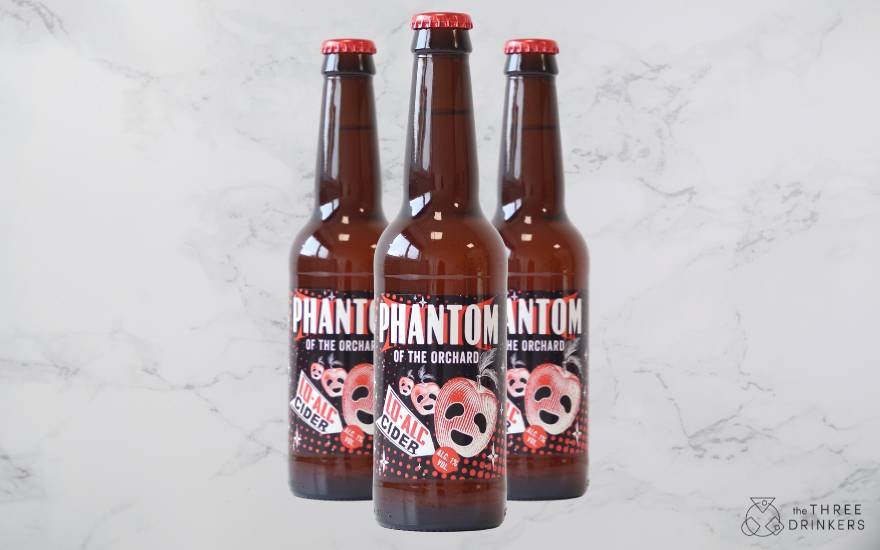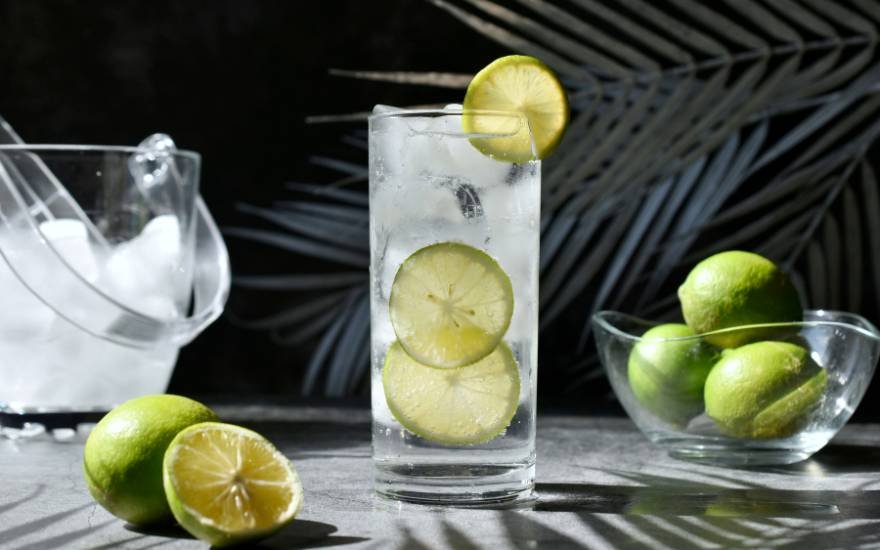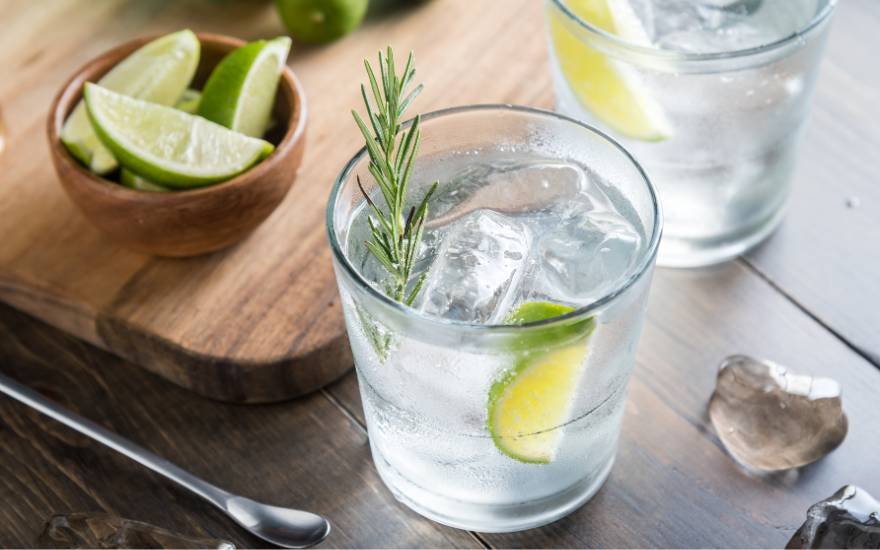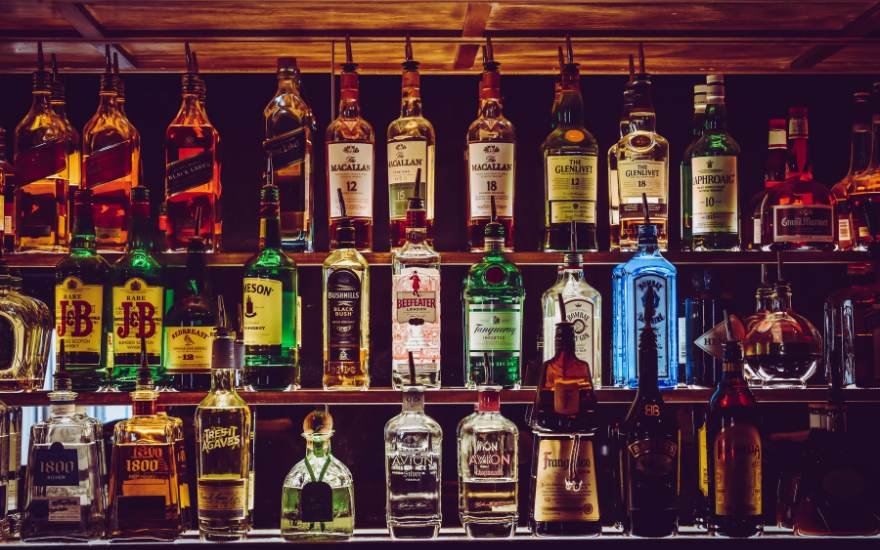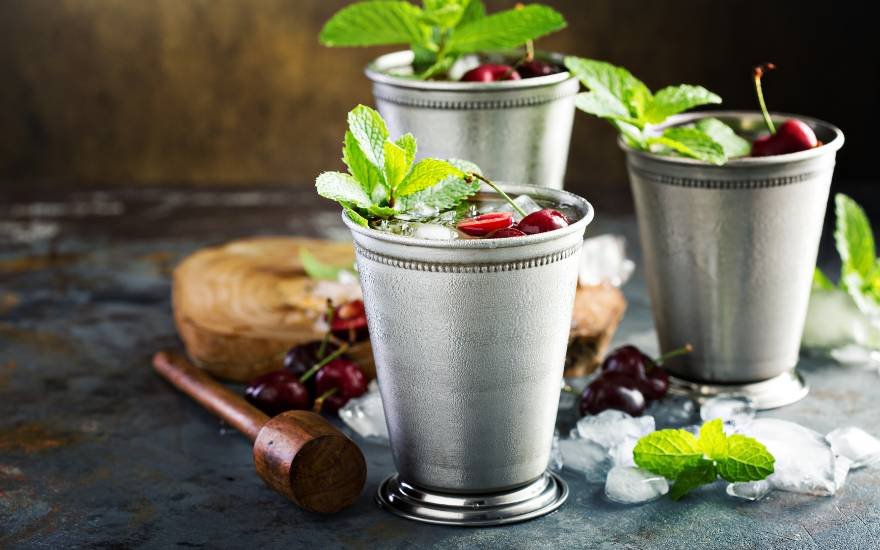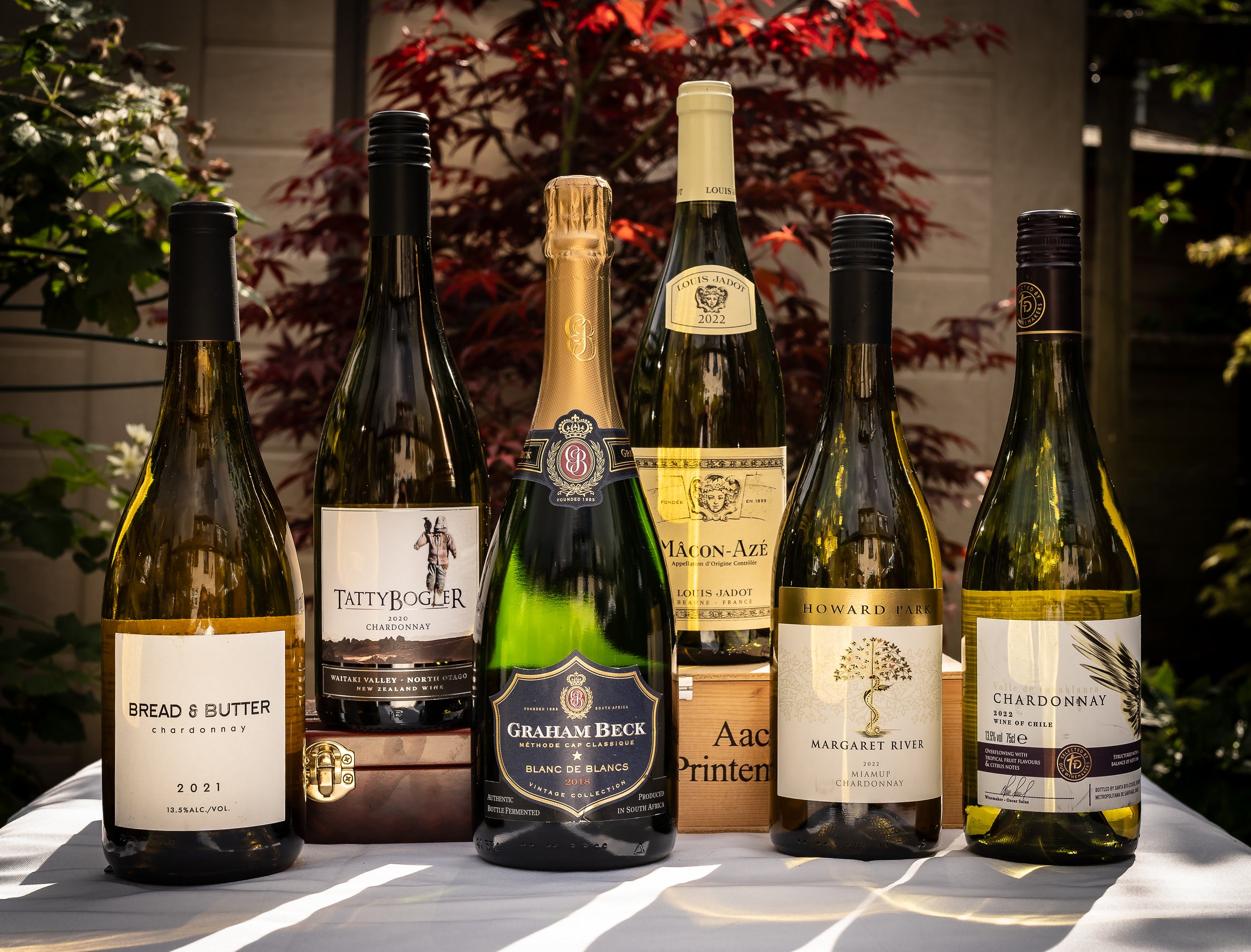A cold sip of cider under the summer sun high in the sky – ah, beautiful. Far too often overshadowed by its rivals, the right cider can be pitch-perfect for thirst-quenching, easy drinking fruit and crisp lightness.
The barrage of sweet and fruity flavoured expressions some years ago now helped relaunch cider to the masses, and these light, easy-drinking numbers (when done well) are crying out for summer sipping. Some hearty apple ciders are probably best enjoyed in colder months, but there are tonnes of crisp creations made to cool you down in the basking sun too.
Unfortunately, unless you’re a regular drinker, cider can be one of those drinks where a bad bottle can put you off for life. Or perhaps it didn’t even need to be bad – maybe you just tried a super tart apple cider when you like sweet and fruity numbers? Or maybe you got burnt by a cloyingly sweet berry cider when you like complex wine-style apple ciders? Give it another go!
These selections go through various apple, flavoured and low-alcohol ciders that are crying out for a summer session, from supermarket bargains to complex characters. Let’s go scrumping.
APPLE CIDERS
Henry Westons Vintage Cider
Sometimes the best-selling drink in a certain category is a mystery to us, but when it comes to this being Britain’s best-selling cider, we know exactly why. Medium dry, a deep oaky flavour anchors every easy-drinking sip. The texture is full-bodied as the apple steals the show, delivering just the right kick of sweetness alongside tart fizz. A really well-rounded summer sipper.
Size: 500ml
ABV: 8.2%
Find here: £2.60
Cornish Orchards Golden Cider
A chilled glass of this is superb on a hot summer’s day. Cornish cider is legendary and here the mix of dessert and bittersweet apples produce a wonderfully refreshing balance of tasty and refreshing. It has a lovely crisp and clean feel to it too which you want on a hot day.
Size: 500ml
ABV: 5%
Find here: £2.50
Frome Valley Henney's Dry Cider
You can find this at most UK supermarkets and most cider enthusiasts will know it. They’re a small independent cider maker using locally grown apples to make this award-winning completely natural cider. It’s clean and smacks of quality beyond its price. It isn’t the fizziest, but still brings crisp refreshment. Poised perfectly.
Size: 500ml
ABV: 5%
Find here: £2.50
Showerings Triple Vintage Cider
From the 1950 Brewers Exhibition to the latest IWSC and Great Taste Awards, Showering have been winning awards for their Somerset cider for years and it’s easy to see why. The finest local late-season Dabinett apples are picked at perfect ripeness just seven miles from their Shepton Mallet cider mill, bringing interesting bitter orange notes. These three vintages combine for a lightly carbonated, dry, tannic cider, with the 2021 crop injecting light freshness and the older vintages giving great characterful depth. A must-try for all cider lovers.
Size: 375ml
ABV: 6.8%
Find here: £45 (for 12)
FLAVOURED CIDERS
DukesHill Whisky Cask Cider
From the Royal Warrant-boasting DukesHill comes this beautiful whisky-aged dry cider. Whisky isn’t the first thought when summery cider enters the mind, but here the six months of single malt Scotch ageing just impart some delicious notes of oaky vanilla and honey. It’s ridiculously smooth with a perfect kiss of golden richness and the bottle is a beauty too.
Size: 330ml
ABV: 6.7%
Find here: £16 (for 6)
Lilley’s Mango
Somerset producer Lilley’s have mastered something that isn’t easy to do. Sweet, fruity ciders are what increased its popularity but many of these can be horribly cloying. Lilley’s have a really fun range of inviting flavours that are mainly sweet, but tasteful and refreshing with it too. Rhubarb, Pina Colada, Woo Woo, Passion Fruit Martini, Rhubarb, Peach… the list of flavours goes on, but their Mango is beloved. Aromatic mango takes the baton from tart apple for mouthwatering tropical flavour.
Size: 500ml
ABV: 4%
Find here: £2.50
Galipette Rosé Cidre
This stubby bottle stands out on the shelf, and the next thing you’ll notice is the French name. Galipette’s apple cooperative is the oldest of its kind in France, uniting apple growers from Brittany to Normandy. Made with rare, red-fleshed Pommes à Chair Rouge, their Rosé has a beautiful colour to it – but one that naturally varies slightly with every harvest. The ancient process of ‘keeving’ prevents the wild yeast fully fermenting, so natural sweetness is maintained, backed up by bright, fresh acidity. Perfect in the sun and a charming little bottle too.
Size: 500ml
ABV: 4%
Find here: £2.50
Old Mout Cider Kiwi & Lime
Old Mout (actually pronounced Old Moot) make some really light and refreshing sweet ciders, and the Kiwi & Lime is crying out for summer sipping. It’s a New Zealand cider that’s blended with kiwi and lime juice for loveable fruity fizz. The kiwi sweetness is aromatic and natural tasting, avoiding the pitfall of many similar ciders. The zesty lime balances things out nicely with a gentle tang. Incredibly drinkable.
Size: 500ml
ABV: 4%
Find here: £2.50
NO-LO CIDERS
Stowford Press Low Alcohol Apple Cider
No, not all No-Lo cider tastes like fizzy apple juice. This Stowford Press bottle scooped up some prestigious awards at the Cider Masters, praised for its surprising depth of flavour. Expect apple slices rolled in honey, seductive smoothness, and total refreshment. Really well done.
Size: 500ml
ABV: 0.5%
Find here: £2
Phantom of the Orchard Lo-Alcohol Cider, Cotswold Cider Co.
This picked up the top award in the Low & No category at the International Brewing and Cider Awards 2023, off the back of 2 Great Taste Award stars. Full-flavoured and cloudy, the apple begins crisp and smooth before deepening with a richness – it packs a surprising punch for 1% ABV. Great balance of sourness, tannins and sweetness. It’s unfiltered so give it a good shake before serving!
Size: 330ml
ABV: 1%
Find here: £2.25
If you want more cider recommendations, then check out our Best of British guide here!


